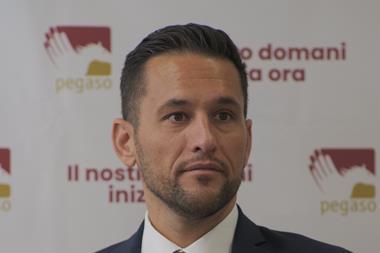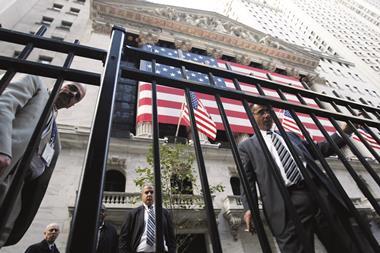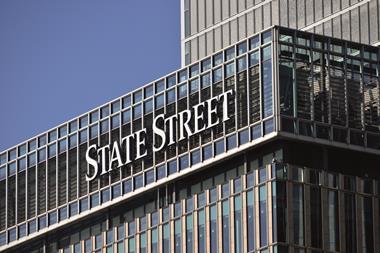Non-listed asset classes are sometimes touted as the weatherproof investment that can deliver positive returns no matter what, in both strong and weak economic environments.

There may be some truth to that. Because of their illiquidity and complexity, private market assets benefit from a ‘lag effect’, whereby valuations respond more slowly to deteriorating economic conditions.
When returns from liquid assets fall, private market assets tend to resist, and investors can be lulled into committing more capital to them. By the time liquid assets recover, private equity valuations or credit quality in private debt may have fallen, but that is precisely when private capital managers can make attractive deals once again. At least that has been the pattern in recent times.
However, it is difficult to establish whether the pattern will repeat itself once more, given the rare economic predicament we find ourselves in.
The question is particularly relevant for private credit investors.
It pays to remember that the demand for credit is an important factor. Investors have now become long-term buyers of private credit. While they may opportunistically shift in and out of the asset class, there is structural trend of investors replacing banks in the financing of the business sector.
This should provide some comfort for the asset class. There are good yields available in more liquid credit markets, but the structural features of the asset class are much the same as they have been for the past decade.
However, it is easy to see how the current combination of economic and financial headwinds could constitute the biggest test for the asset class, at least since institutional investors started piling into private markets after the Great Financial Crisis, fuelling unprecedented growth in global assets under management.
The IMF forecasts global GDP growth to slow from 6% in 2021 to 3.2% in 2022 and 2.7% in 2023, the weakest growth profile since 2001, except for the global financial crisis and the acute phase of the COVID-19 pandemic.
The fast and substantial rise in interest rates and inflation is putting global businesses under enormous pressure, owing to the rising costs of inputs and financing. This is happening after many years during which capital and liquidity were abundant.
Private credit managers admit that while the quality of credits has yet to show signs of deterioration, there is uncertainty around cashflows and default rates. Managers may decide to extend credits, which would act as a buffer against defaults and credit deterioration, but it will affect returns.
Finally, while private credit is an illiquid and inefficient market where manager skill plays a significant role, all managers cannot be equally skilled. Assets under management have grown substantially over the past decade, as have the headcounts of private credit teams at specialist and generalist asset managers alike. Many portfolio managers have never experienced a deep default cycle or a situation of extreme inflationary pressures. This has to be a factor in how they will manage portfolios and especially defaults.
Private credit may deliver decent returns, or at least capital preservation, over the next few years but it is reasonable to expect that the manager landscape may look very different once this credit cycle runs its course.
Carlo Svaluto Moreolo, Deputy Editor
carlo.svaluto@ipe.com
























